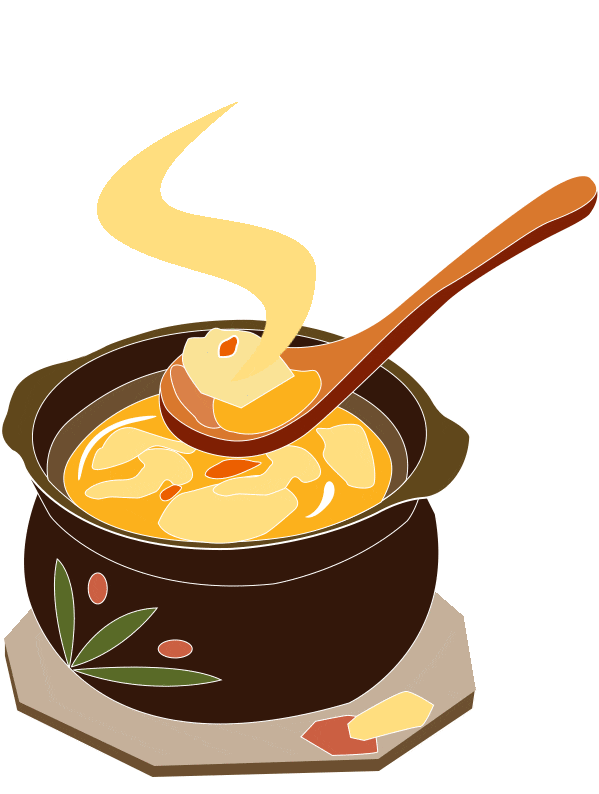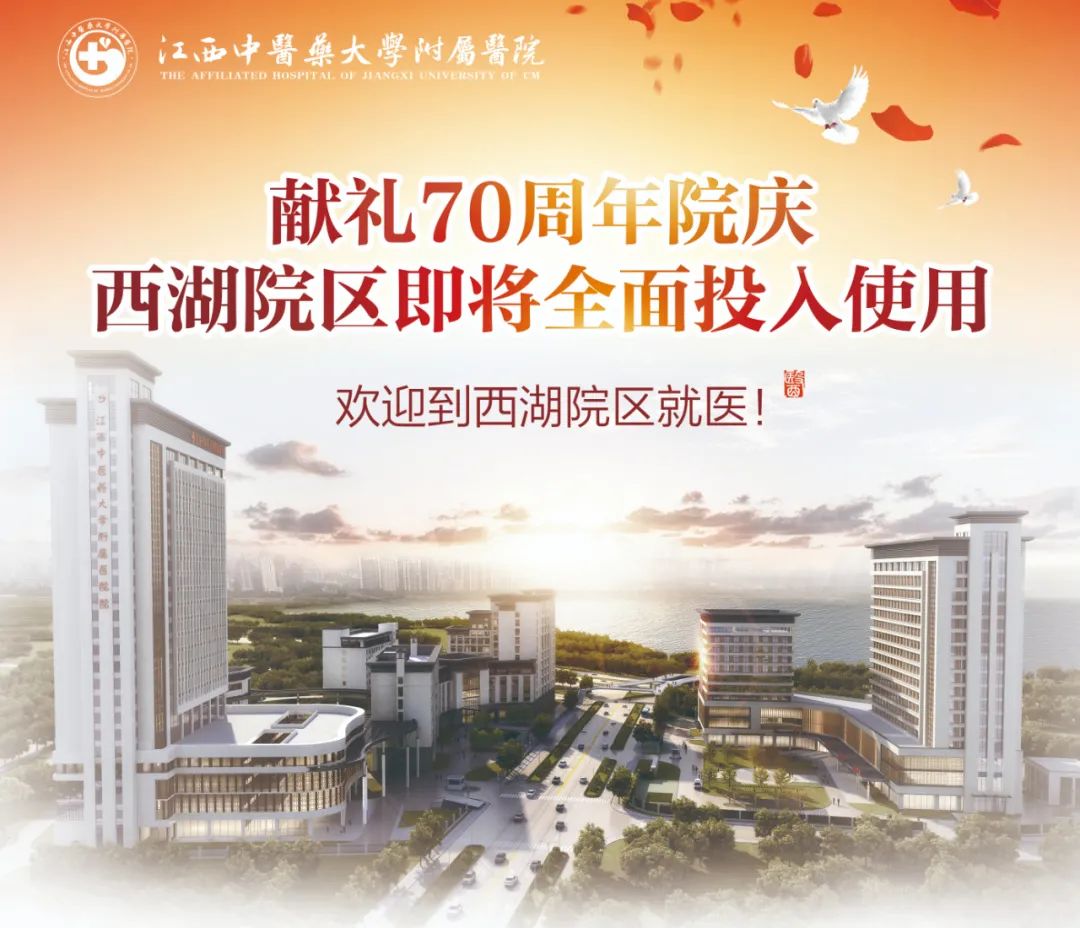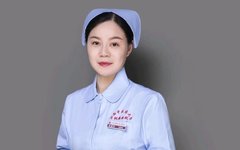
Facial Holographic Gua Sha
 Gua Sha is one of the traditional natural therapies in China, based on the TCM theory of skin areas. It involves scraping the skin with tools made of materials such as buffalo horn, jade, or copper to achieve the purpose of unblocking meridians and promoting blood circulation. Ancient physicians believed that Gua Sha could open the pores, unblock meridians, and disperse evil toxins. Modern research shows that Gua Sha can promote local microcirculation, improve tissue metabolism, enhance the body’s antioxidant capacity and immune function, and serve a preventive health role.Facial holography is a microcosm of the whole body, following nine meridians. The central area of the face, from the forehead to the upper lip, represents the trunk and corresponds to the Du Mai (Governing Vessel). Facial holographic Gua Sha follows meridian pathways and specific points, including:① Forehead area: Corresponds to the head and neck, with the Jingming (Bright Eyes) point to the Cuanzhu (Gathering Bamboo) point belonging to the Foot Taiyang Bladder Meridian;② Nose area: The area between the eyebrows corresponds to the lungs, the root of the nose corresponds to the heart, the middle of the nose corresponds to the liver, the right side of the liver corresponds to the gallbladder area, the left side corresponds to the pancreas area, the wings of the nose correspond to the spleen and stomach, and the sides of the nose correspond to the large and small intestine areas. The Sizhukong (Silk Bamboo Hollow) point through the Taiyang (Sun) point to the Huo Feng (Wind Dispersing) point belongs to the Hand Shaoyang Sanjiao Meridian.③ Eye area: The Sibai (Four Whites) point to the Yuyao (Fish Waist) point belongs to the Foot Shaoyang Gallbladder Meridian;④ Cheek area: The area above the zygomatic bone corresponds to the upper limbs, from the Chengjiang (Receiving Fluid) point to the jaw corresponds to the Ren Mai (Conception Vessel);⑤ Lip area: The upper lip corresponds to the bladder and ovaries; the lower lip corresponds to the kidneys and uterus, and the sides of the lips correspond to the lower limbs. The Ren Zhong (Human Center) point through the Yingxiang (Welcome Fragrance) point to the neck belongs to the Hand Yangming Large Intestine Meridian.
Gua Sha is one of the traditional natural therapies in China, based on the TCM theory of skin areas. It involves scraping the skin with tools made of materials such as buffalo horn, jade, or copper to achieve the purpose of unblocking meridians and promoting blood circulation. Ancient physicians believed that Gua Sha could open the pores, unblock meridians, and disperse evil toxins. Modern research shows that Gua Sha can promote local microcirculation, improve tissue metabolism, enhance the body’s antioxidant capacity and immune function, and serve a preventive health role.Facial holography is a microcosm of the whole body, following nine meridians. The central area of the face, from the forehead to the upper lip, represents the trunk and corresponds to the Du Mai (Governing Vessel). Facial holographic Gua Sha follows meridian pathways and specific points, including:① Forehead area: Corresponds to the head and neck, with the Jingming (Bright Eyes) point to the Cuanzhu (Gathering Bamboo) point belonging to the Foot Taiyang Bladder Meridian;② Nose area: The area between the eyebrows corresponds to the lungs, the root of the nose corresponds to the heart, the middle of the nose corresponds to the liver, the right side of the liver corresponds to the gallbladder area, the left side corresponds to the pancreas area, the wings of the nose correspond to the spleen and stomach, and the sides of the nose correspond to the large and small intestine areas. The Sizhukong (Silk Bamboo Hollow) point through the Taiyang (Sun) point to the Huo Feng (Wind Dispersing) point belongs to the Hand Shaoyang Sanjiao Meridian.③ Eye area: The Sibai (Four Whites) point to the Yuyao (Fish Waist) point belongs to the Foot Shaoyang Gallbladder Meridian;④ Cheek area: The area above the zygomatic bone corresponds to the upper limbs, from the Chengjiang (Receiving Fluid) point to the jaw corresponds to the Ren Mai (Conception Vessel);⑤ Lip area: The upper lip corresponds to the bladder and ovaries; the lower lip corresponds to the kidneys and uterus, and the sides of the lips correspond to the lower limbs. The Ren Zhong (Human Center) point through the Yingxiang (Welcome Fragrance) point to the neck belongs to the Hand Yangming Large Intestine Meridian.
⑥ Jaw area: The Chengqi (Receiving Tears) point through the Sibai point, Chengjiang point, and Jiachao (Cheek Car) point to the forehead and temple belongs to the Foot Yangming Stomach Meridian; the Tinghui (Listening Meeting) point through the zygomatic area, jaw to the neck belongs to the Hand Taiyang Small Intestine Meridian, and the Yingxiang point through the Sibai point to the midline of the mandible belongs to the Foot Jueyin Liver Meridian.
01Steps for Performing Facial Holographic Gua Sha
(1) Position: The patient lies flat with the head elevated, fully exposing the face, and is instructed to close their eyes. Use gauze soaked in warm water to clean the facial skin. Apply an appropriate amount of Gua Sha lotion to the operator’s hands, rub until slightly warm, and perform massage from the patient’s jaw to the forehead in an upward sequence along the meridian points. The facial skin is delicate, so the pressure should be appropriate based on the patient’s tolerance, continuing until the skin appears rosy and evenly lubricated.
(2) Follow meridian pathways and perform scraping in sections.
① Forehead area: First, warm the Gua Sha board in the operator’s palm, then press and rub the Shenting (Spirit Court) point and Yintang (Hall of Impression) point; then scrape these two points using the facial scraping method, which opens the Tianmen (Heavenly Gate); use a short arc scraping method to scrape from the middle of the forehead to both sides at the temples, applying pressure at the temples.② Nose area: Use the long arc edge of the Gua Sha board to scrape from the Yintang point to the tip of the nose in the spleen area, passing through the lung area, heart area, and liver area; use the jade Gua Sha board with a vigorous scraping method on both sides of the nose in the stomach area.③ Eye area: Use the corner of the Gua Sha board to press and rub the Jingming point, Cuanzhu point, Yuyao point, and Sizhukong point; use the long arc edge scraping method to scrape from the Jingming point to the Tongziliao (Pupil’s Corner) point (along the upper orbital bone through the Cuanzhu point, Yuyao point, and Sizhukong point), which pushes the Kan Gong (Gate of Water).④ Cheek area: Use the corner of the Gua Sha board to press and rub the Yingxiang point, then use the long arc edge scraping method to scrape from the Yingxiang point to the temple (outward through the Sibai point, Chengqi point); press and rub the temple and Yingxiang point with the corner of the Gua Sha board; use the long arc edge scraping method to scrape from the zygomatic point to the Xiaguan (Lower Gate) point; press and rub the Xiaguan point with the corner of the jade Gua Sha board.⑤ Lip area: Use the corner of the Gua Sha board to press and rub the Ren Zhong point, then use the scraping method to scrape from the upper lip to both sides of the Dica (Earth Warehouse) point; press and rub the Dica point with the corner of the Gua Sha board; use the short arc edge scraping method to scrape from the Dica point to the Tinghui point; use the short arc edge scraping method to scrape from the Daying (Great Welcome) point to the Jiachao point; press and rub the Tinghui point.⑥ Jaw area: Use the corner of the Gua Sha board to press and rub the Chengjiang point; scrape from the mandible to the Ren Mai area with the concave part of the Gua Sha board; press and rub the Huo Feng point with the corner of the Gua Sha board.⑦ Key scraping: Use the Gua Sha board to scrape from the Yintang point to both sides of the zygomatic area.
⑧ Final scraping: Use the Gua Sha board to scrape from the bottom to the top several times, combing the meridian qi, then use both hands to press and rub to relax the facial muscles; wipe the face with a soft cotton towel.
02Precautions
① The scraping force should be gentle and soothing, with the skin slightly reddened, avoiding any bruising, as facial bruising may lead to pigmentation and affect aesthetics;
② The degree of scraping and technique should vary based on the diagnosis and the subject’s tolerance;
③ Use with caution in cases of acute acne, significant inflammation, or abnormal coagulation function;
④ In terms of care, patients should cooperate with treatment while maintaining a pleasant mood, and their diet should be light, avoiding spicy, stimulating, and rich foods.
Expert Introduction

Zhang Xialing, Chief Nurse
With 17 years of experience in TCM nursing, trained under Professor Liu Fengxuan at the First Affiliated Hospital of Anhui University of Chinese Medicine, she has profound knowledge in using TCM therapies to regulate sub-health conditions, respiratory diseases, and internal medicine issues such as neck, shoulder, waist, and leg pain. She currently leads the auricular acupuncture group in our hospital, refining the theory and techniques of auricular acupuncture and continuously exploring the theoretical support for this practice.
Specializes in: Using auricular diagnosis, auricular pressure beans, auricular Gua Sha, copper Gua Sha, warm moxibustion, and heat-sensitive moxibustion to treat insomnia, cervical spondylosis, depression, hypertension, colds, diabetes, back pain, and weight loss.
Authors:Zhang Xialing, Wang Luyao, Huang LijunFirst Review: Chen Wenyue
Second Review: Chen YunThird Review: Shen Desen

 Follow for more exciting content
Follow for more exciting content

